Contents:
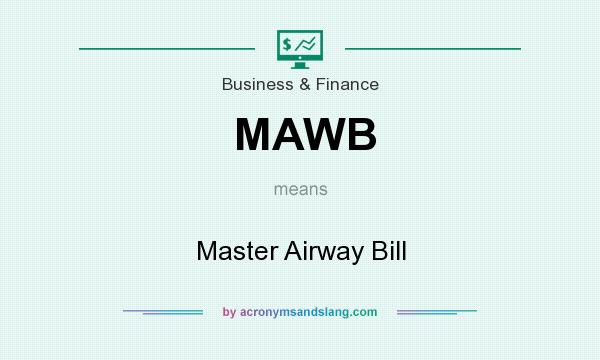
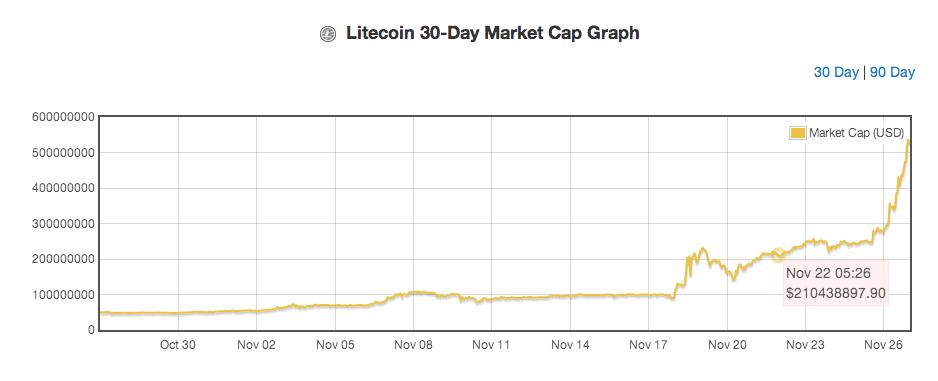
The cost of materials necessary to manufacture a product that are not easily traced to the product or not worth tracing to the product. Indirect labor is the cost of production employees who are involved in the manufacturing process, but do not work on a specific product. For instance, managers of consumer goods companies such as Procter & Gamble and Anheuser-Busch prefer to allocate the high expense of advertising to a certain product. Nonmanufacturing overhead costs are the company’s selling, general and administrative (SG&A) expenses plus the company’s interest expense. General examples of non-manufacturing cost include salary of office staff, accounting staff, general housekeeping staff, salesmen, advertising expenses, transport and logistics costs etc. A) In the period of rising prices, weighted-average process-costing method will result in higher operating income as compared to FIFO process-costing method.
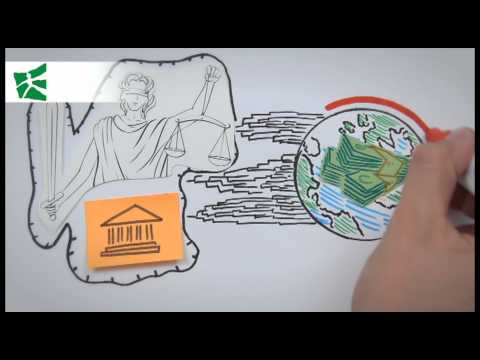
For example, a company may price its products lower than the competition to gain market share. Or, a company may price its products higher to maximize profits. Whatever the decision, it’s important that it be based on a thorough understanding of product costs and other factors.
What are the benefits of using the total manufacturing cost formula?
This is the relationship between direct materials, direct labor, overhead, prime cost and conversion cost. The sum of direct labor cost and manufacturing overhead cost is known as conversion cost. In some industries, major shifts are taking place in the structure of labor costs. Sophisticated automated equipment, run and maintained by skilled workers, is increasingly replacing direct labor. In a few companies, direct labor has become such a minor element of cost that it has disappeared altogether as a separate cost category.
US STOCKS-Wall St eyes subdued open as private payrolls data deepens recession worries – Yahoo Finance
US STOCKS-Wall St eyes subdued open as private payrolls data deepens recession worries.
Posted: Wed, 05 Apr 2023 13:02:35 GMT [source]
Answer Direct labor would include the workers who use the wood, hardware, glue, lacquer, and other materials to build tables. The principal financial cost is the interest on working capital advance, term loans, and debentures. Other financial costs that may be incurred by a business are commitment fee and bank commission. It is likely that you will have to estimate the cost of these activities.
Methods of Allocating Nonmanufacturing Overhead Costs
They can do this by implementing new technologies and tools and training employees on how best to use those tools. New machines are expensive and require additional training for employees using them. Suppose a manufacturer is not careful about how they implement new technology. In that case, they could use it ineffectively or even waste money on systems that don’t work for them (e.g., software that doesn’t fit the company’s needs). The shortage of skilled workers is particularly acute in specific industries that require specialized skills like manufacturing and engineering. Manufacturing companies often have difficulty finding workers with the right technical skills to fill open positions at all levels of their organizations.
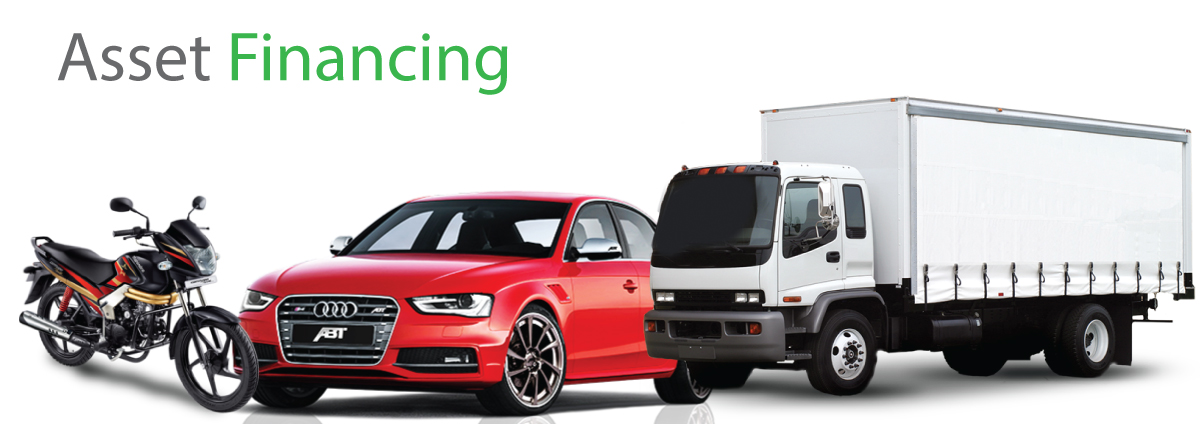
This can help businesses make changes that lead to a more efficient manufacturing process and lower costs. Some materials and labor are regarded as indirect manufacturing costs . Both production costs and manufacturing costs must be included in the calculation of the per-item cost of doing business.
When looking at the https://1investing.in/ of raw materials, location is an essential factor to consider. Companies that manufacture in China or other countries where labor is cheap may offer lower prices than companies that manufacture in the United States or Europe. Even if they provide similar quality goods, there can be a significant difference between what they charge due to their different production costs. When starting a business, you’ll hear much about direct and indirect manufacturing costs. They’re critical to know and can be a little hard to understand at first. Direct manufacturing costs such as labor and overhead can be directly traced to a single product.
What about the office rent for the vice president of manufacturing? Therefore, businesses typically establish and adhere to their own criteria. Nonmanufacturing overhead costs are the business expenses that are outside of a company’s manufacturing operations. In other words, these costs are not part of a manufacturer’s product cost or its production costs . Marketing or selling costs include all costs necessary to secure customer orders and get the finished product into the hands of the customers. These costs are often called order getting or order filling costs.
The Relationship Between Operating Income & Ending Inventory
This has increased the demand for skilled workers, which has led to higher wages and labor costs. Another reason manufacturing costs are increasing is that there are more regulations related to product quality. For example, many countries now require that food products be tested for harmful chemicals before selling them. If a company wants to sell food in these countries, it must first test its products for these chemicals to comply with local laws. When calculating manufacturing overhead, you must first determine your overhead costs and then divide them by the total sales of your product. You can then multiply that number by 100 to get the percentage of overhead per unit.
Cultured meat collaborations drive innovation, flags ADM and … – Food Ingredients First
Cultured meat collaborations drive innovation, flags ADM and ….
Posted: Thu, 13 Apr 2023 11:28:06 GMT [source]
As we indicated earlier, nonmanufacturing costs are also called period costs; that is because they are expensed on the income statement in the time period in which they are incurred. The cost of workers who are involved in the production process but whose time cannot easily be traced to the product. Manufacturing costs initially form part of product inventory and are expensed out as cost of goods sold only when the inventory is sold out. Non-manufacturing costs, on the other hand, never get included in inventory rather are expensed out immediately as incurred. This is why the manufacturing costs are often termed as product costs and non-manufacturing costs are often termed as period costs.
Private costs are the costs that the buyer of a good or service pays the seller. This can also be described as the costs internal to the firm’s Production function. When a transaction takes place, it typically involves both private costs and external costs. In theoretical economics,costused without qualification often means opportunity cost. Figures for non-manual workers in the non-manufacturing private sector are not available. However, the typical man is much more likely to work for a manufacturing or hi-tech firm, whereas women are more concentrated in the non-manufacturing, health care, and financial industries.
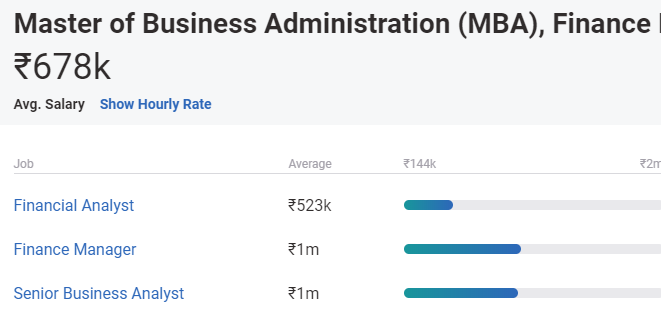
However, designers and investing activities include personnel are considered nonmanufacturing labor costs. PepsiCo, Inc., produces more than 500 products under several different brand names, including Frito-Lay, Pepsi-Cola, Gatorade, Tropicana, and Quaker. Net sales for 2010 totaled $57,800,000,000, resulting in operating profits of $6,300,000,000. Cost of sales represented the highest cost on the income statement at $26,600,000,000. The second highest cost on the income statement—selling and general and administrative expenses—totaled $22,800,000,000.
What is Direct Labor?
Each of them requires a different set of cost control measures, making appropriate cost categorization even more essential. In accounting, costs are the monetary value of expenditures for supplies, services, labor, products, equipment and other items purchased for use by a business or other accounting entity. It is the amount denoted on invoices as the prices and recorded in book keeping records as an expense or asset cost basis. In Production, research, retail, and accounting, a cost is the value of money that has been used up to produce something or deliver a service, and hence is not available for use anymore.
They are matched to a specific time period’s revenues rather than being included in the cost of goods sold. Selling Expenses – also called Selling and Distribution Expenses. Examples include advertising costs, salaries and commission of sales personnel, storage costs, shipping and delivery, and customer service.
This makes it more expensive for employers who do not provide benefits such as health insurance coverage or retirement savings plans . Items such as plastic parts, metal parts and paint can be examples of manufacturing inventory. Rent, property taxes, utilities for the space used by the nonmanufacturing functions of the company.
- All manufacturing costs that are easily traceable to a product are classified as either direct materials or direct labor.
- Suppose you have a product that takes 300 hours to make and costs $150 per hour.
- All these expenses are recorded in the period they were incurred.
- In process costing, they are usually considered to be added evenly throughout the production process.
Manufacturing businesses calculate their overall expenses in terms of the cost of production per item. That number is, of course, critical to setting the wholesale price of the item. Determine the variable cost per unit and the total fixed cost. Direct Labor – cost of labor paid to factory workers directly involved in the manufacturing process. Knowing the manufacturing cost is important because it helps you decide whether or not to produce specific products and services. You must also understand how manufacturing cost affects your pricing strategy to make informed decisions about how much money you want to make from each item sold.
The finished product of a company may become raw material of another company. For example, cement is a finished product for manufacturers of cement and raw materials for companies involved in construction business. Non-manufacturing expenses have no effect on the production cost of the company because they are treated as period costs.
Costs incurred to obtain customer orders and provide customers with a finished product. The costs of materials necessary to manufacture a product that are not easily traced to the product or that are not worth tracing to the product. Raw materials used in the production process that are easily traced to the product. Direct materials are the raw materials that are integrated into the product.